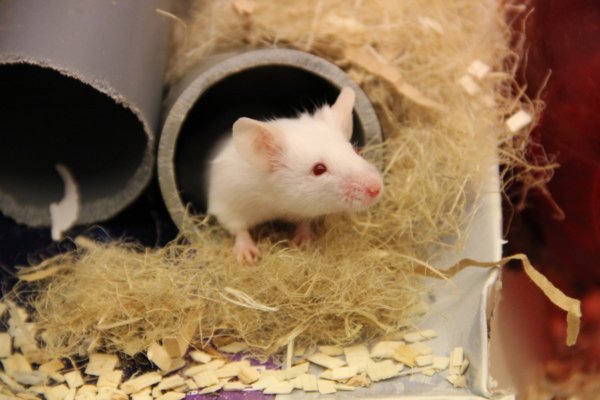Animal research at Karolinska Institutet
Karolinska Institutet's remit is to help improve human health through research and education. We achieve this with both basic research to understand biological mechanisms and more patient-based research to produce new forms of treatment.

Why do we need animal research?
Much of our experimental research is carried out in test tubes or cell cultures. However, it is not yet possible to replace all animal research with alternative methods. Studies of many major diseases rely on animal research to gain new knowledge about unknown biological mechanisms.
Ethical review
Animal research is strictly regulated and comes under both Swedish and EU legislation on animal welfare. In order to carry out an animal experiment in Sweden, an organisation must first apply for a license from an ethical committee on animal experiments, which undertakes an ethical review of the experiment. These committees are made up of scientists and lay people, including representatives from animal welfare organizations.
The role of the committee is to weigh the impact on the animals against the benefits of the research.
Educational requirements
Anyone carrying out animal experiments at Karolinska Institutet – be they researchers, students or technicians – must have completed a course on laboratory animals. This training includes the 3R principle of Replace, Refine, Reduce.
The 3R principle
- Replace animal experiments with alternative methods where possible.
- Refine methods and procedures so that pain and discomfort are avoided.
- Reduce the number of animals used.
What laboratory animals are used at KI?
Mice, rats and zebrafish are the species most commonly used in medical research at Karolinska Institutet.
Many mice are bred with specific genetic modifications so that researchers can study how the genes in question affect the proteins that are formed and the role they play in the development of a disease. Research into inflammation generally uses rats. Zebrafish are transparent while maturing, allowing researchers to literally see the development of cells and organs. Salamanders and jawless fish are also used to some extent.
A small number of pigs are used in Karolinska Institutet's research, primarily into cardiovascular disorders.
Monkeys are used only in the few occasions when it's not possible to use other animal species. They are employed primarily in research into the disorders, structure and function of the brain, and in research to produce a vaccine for HIV/AIDS. Monkeys are needed for this work because they are closely related to humans.
Alternative methods
Some medical research has to be carried out in biological systems that are as close as possible to the human body. However, even in complex studies it is sometimes possible to replace animal experiments with tests using cell cultures or computer models, for example. Alternative methods are being developed and tested at several universities in Sweden.
The Swedish Research Council also provides funding for projects that aim to develop alternative methods that refine, reduce and/or replace animal experiments. Several research groups at Karolinska Institutet have been awarded this type of funding to use and develop alternative methods in their research.
Contact
For more information, please use our contact form.
